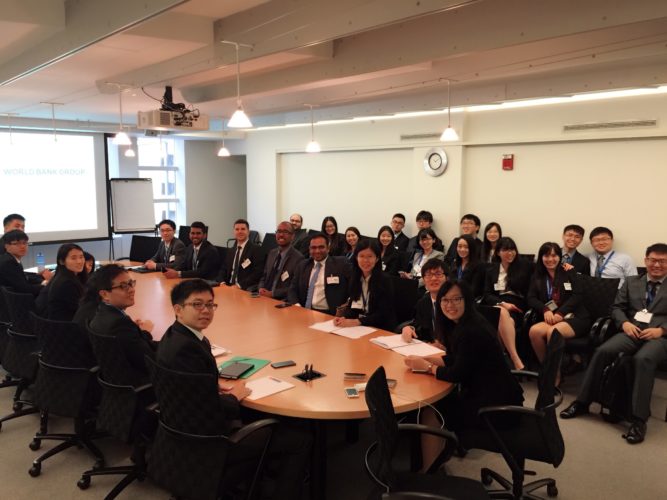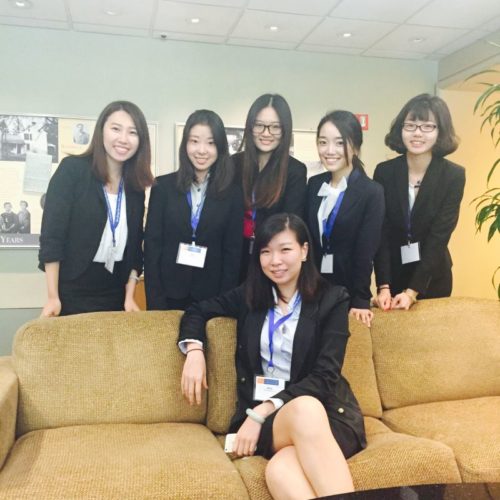To begin day four, Jason Gould and Richard Choi, shareholders at the Carlton Fields Jorden Burt (CFJB) law firm, shared their insights about regulation and litigation in the financial services sector. CFJB surveyed many firms to investigate fraud in the financial industry. They are typically capable of breaking the fraudulent company down rather than putting the executives in the jail. They also shared some great thoughts about document preservation amid concerns of privacy security. Surprisingly, they hold a view that litigation is complicated and time-wasting.
Next, we departed for Capitol Hill, where Congresswoman Ann Wagner, (R-MO) was waiting for us. As a member of the Committee on Financial Services, she skillfully introduced us to the Retail Investor Protection Act (RIPA), transportation issues, human trafficking, as well as other legislation that has been implemented to protect access to affordable investments for middle class families.
In the afternoon, we welcomed Michael Spratt, Assistant Director of the Division of Investment Management at the Securities and Exchange Commission (SEC), and Jim Wigand, former Director of the Office of Complex Financial Institutions at the Federal Deposit Insurance Corporation (FDIC) with warm applause. Mr. Spratt offered a detailed description of the SEC’s role in Federal Securities Law with specific examples such as the 1933 Act, Dodd-Frank, etc. Mr. Wigand portrayed a big picture view of the role of the FDIC, and benefits that the FDIC has brought to depositors.
Guest Bloggers: Yali Ning, Huilin Liu, Xinong (Roy) He (GMF 2015)
This is the fourth in a series of 10 blogs chronicling the experiences of 31 Global Master of Finance (GMF) dual degree students during their two week long immersion course in Washington, DC and New York. Each blog will be written by a small subset of students during their experience.





 We were given the chance to take a site visit and have a close look at the World Bank Group. It was an awesome speech that gave us an idea about what the World Bank has achieved and its primary objective—to eliminate poverty. We believe it is good to have a non-profit organization like the World Bank Group to help middle- and low-income countries.
We were given the chance to take a site visit and have a close look at the World Bank Group. It was an awesome speech that gave us an idea about what the World Bank has achieved and its primary objective—to eliminate poverty. We believe it is good to have a non-profit organization like the World Bank Group to help middle- and low-income countries.

 After a few weeks of networking, online research, and emails, I was able to secure a position with a local start-up at the end of the fall semester. The Singaporean government strongly supports entrepreneurship—thus it’s very common to find local start-ups, especially in the financial technology sector.
After a few weeks of networking, online research, and emails, I was able to secure a position with a local start-up at the end of the fall semester. The Singaporean government strongly supports entrepreneurship—thus it’s very common to find local start-ups, especially in the financial technology sector. Despite my availability being fairly limited, this opportunity gave me a chance to understand how to build a company from the ground up, and gave me insight into the startup world. Moreover, I had the chance of working alongside local successful finance professionals from which I learned many valuable lessons.
Despite my availability being fairly limited, this opportunity gave me a chance to understand how to build a company from the ground up, and gave me insight into the startup world. Moreover, I had the chance of working alongside local successful finance professionals from which I learned many valuable lessons.